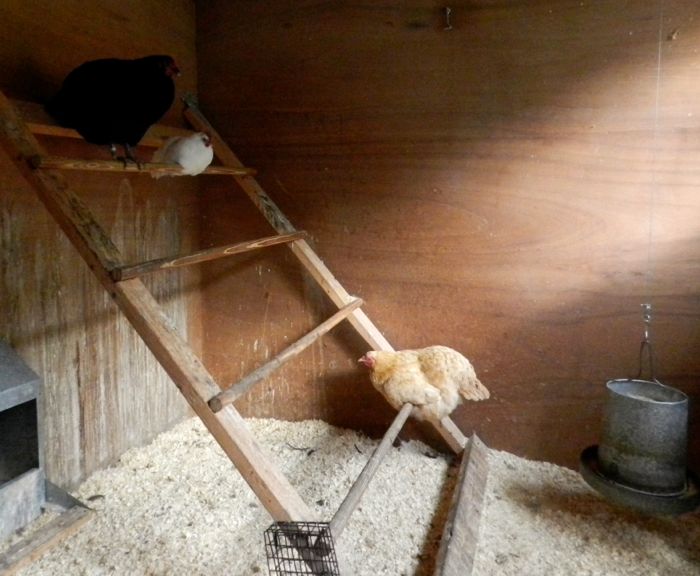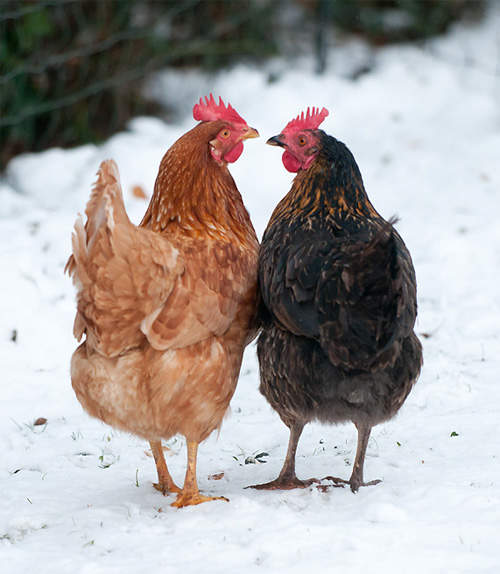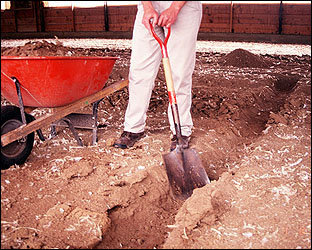My first question is, how much is this going to cost...right!
Well, after looking at websites, books and talking to folks about their experiences, I think we might be able to pull off raising our chickens, wait for it...wait for it...cheaply!
How to raise chickens cheaply?
We were able to start somewhat of a garden this summer, I even got to enjoy some of the home grown veggies, so win, right!
Next on our list though, was eggs, fresh eggs from our own chickens.
So, we set out to learn before putting up the cash.
Here goes nothing..
To build or buy?
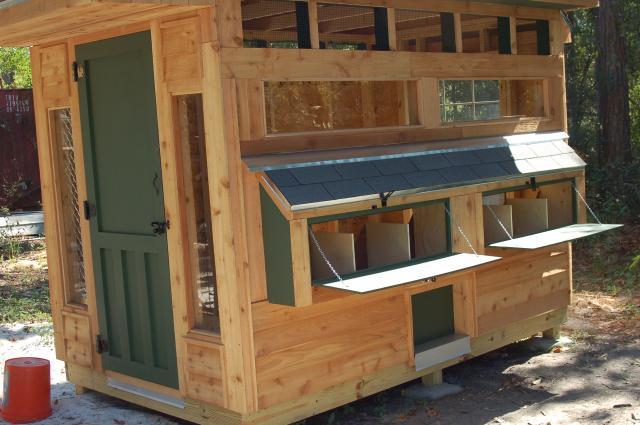 |
| This one is fancy, but it is what I would like to see! |
 |
| Totally Creative! |
Choose your coop Placement, very carefully!
Location, Location, Location! There need to be a few "rules" here, like 1) OUT OF SIGHT and 2) WE DON'T WANT TO SMELL IT!
Should you let the Chickens free range -or- keep them in a run?
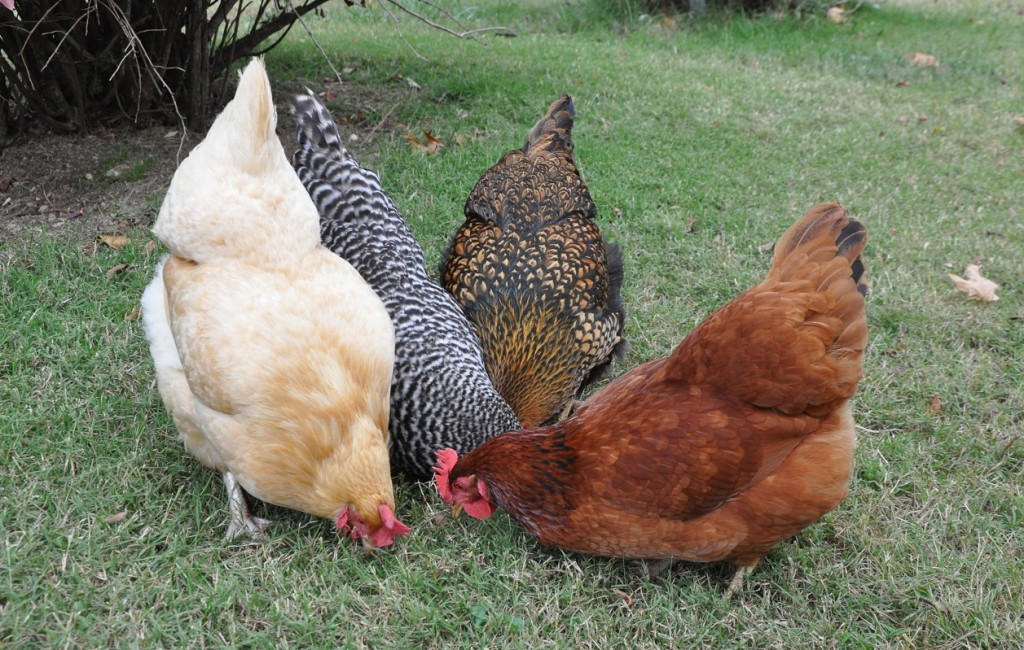 Having chickens free ranging is great. It gives the place a "country" look and they will eat bugs out in the yard. Keep in mind though, they will also eat your young plants in the garden, flower beds and can wander into the neighbors yards or the road. We, for instance, live on a busy road, we have about four hawks that are on or around our property and recently, we have a pack of coyotes that hang out on our land. We will be building a run for the flock to keep them safe.
Having chickens free ranging is great. It gives the place a "country" look and they will eat bugs out in the yard. Keep in mind though, they will also eat your young plants in the garden, flower beds and can wander into the neighbors yards or the road. We, for instance, live on a busy road, we have about four hawks that are on or around our property and recently, we have a pack of coyotes that hang out on our land. We will be building a run for the flock to keep them safe. For a run, we have an old dog kennel fence that we are using behind the coop, with a top, to keep the hawks and raccoon's out.
Now that these are figured out, it is time to start thinking about nesting boxes. There are a lot of plans and ideas all over the internet. Here is what we are thinking of doing:

What breed of Chicken Should I get?
This has been the most trying of questions in our house. We did not even know there were SO many breeds! It is a personal decision and we have found that these questions help!
 |
| Because I wasn't joking about there being a lot of chicken breeds! |
- Why are you keeping chickens?
- Meat?
- Eggs?
- Both?
- What Climate?
One breed is a White Leghorn or Brown Leghorn. This is a cold tolerant, major egg laying chicken. There are a lot and we still are trying to figure out which ones we are looking at. You do have to watch how many you order also. You might think that you are going to go big or go home- and with all the extra eggs, you will just sell them, right! Well, from my experience driving around the country-side, a lot of people are trying to sell eggs. If you thought of making money raising chickens, it is kind of a faux paux because on a good month you might break even, but most months, guess what...you wont! (things I have learned from those county-side folks, as we stopped to ask!)
We have a local Tractor Supply store who sells eggs and chicks at different times of the year- usually around Easter (go figure!) Things to know is that during the winter, egg production drops but feed consumption goes up and during the summer, feed consumption goes down, but egg production goes up. So, I guess that being said, you will either have so many eggs that you will not be able to get rid of them all, or so few that if you did have a steady customer, they will not be able to get eggs year round. This is just raising chickens! So, now you are ready to order your eggs and chicks!
Be Flexible!
So, this one neighbor tells me that she ordered her her flock, she went with pullets (8 week old chicks) and due to some mix up, she ends up with 1 week old chicks. She said that she had a panic attack in her head, but she took them because more or less, they were hers, whether they were 1 week or 8 weeks old. She was not prepared for 1 week old chicks, so she made an impromptu brooder out of a cardboard box (I have seen this done with a large Rubbermaid tote also) and a heat lamp. She just set hers up in her living room for the first two weeks. She said that the noise and the smell were getting to her, so after that she moved them to the coop. She still set up the heat lamp in one corner, so the chicks knew where to find heat, but they all survived just fine. I guess this is raising chicks, right!
How much time and effort does it take to raise chickens?
I know that this is a BIG concern for me, having a full plate with work, kids, Husband, house remodel and all of life little feats. So how much time do we need to spend taking care of these birds?
Well, I have been told that it does not take up a whole lot of time. It is 10 minutes in the morning to feed and check water, adjust ventilation for the day. Then 10 minutes in the evening to make the same 'rounds'. It become routine, and one that I am hoping my two beauties will help with as they grow also.
I hear that in the Winter, it is a little bit more time, but not a lot of trouble. I am reassured that they are easy!
As for gathering eggs, this needs to be done every day. A neighbor made this point to me, "If people are buying farm fresh eggs, they don't want to crack them open and find a developing chick inside." Um, gross! Also, you want to get them right into the refrigerator soon after collection.
Tips for Winter and Summer
During the winter months, water freezes, right! It is a fact here in Ohio. It is helpful to have a second waterer and keep it in the house. Fill with warm water and bring it to the coop in the morning and swap the waterer you put in the night before. This needs to be done every 12 hours (more depending on temperature). A heated waterer is also nice, but not needed for the first year of raising chickens.
Also, look into making a draft shield to stop the blast of cold air from hitting the birds when opening the coop door. A good idea is to use some feed bags on a wire wall next to the door to protect the birds.
You might also want to give the flock some scratch in the evening inside the coop, they will love it and it will keep them warm on cold nights.
Did you know a red light helps keep down incidents of picking? You can keep one on all the time inside of the coop. Chicken's get "cabin fever" like people do, in the winter, which leads to picking! Scratch blocks in the coop work well also, and enclosing the run in plastic sheeting so they can still get outside even on cold, snowy days. Throw in a head of cabbage once a week or a bale of hay in the run, so they can pick it apart during the winter months.
In the winter, create a "dust bath" by taking a cat litter box and filling it with a mixture of 1 part play sand, 1 part sifted (cold) ashes from the wood stove and 1 part food grade DE. It helps them clean themselves.
Ventilation is important and especially during the winter. Keep the windows closed on one side but open for air intake on another (usually between coop and building). Put down extra bedding on the coop floor and stuff the next boxes thicker during the cold months.
In Summer, keep the windows opened. Keep a close eye on water, they will drink a lot more with the heat. Keep the dust bath full also. Take plastic sheeting off of the run and replace it with a tarp on the top to help with the sun and rain. A good tip that i have heard is that after cutting the grass, dump the clippings in the run. The chickens love it. If you are not spraying for weeds, it is OK.
I haven't purchased my chickens yet, but I am one step closer. We definitely are this spring and to be honest, I don't think that either of us can wait. It is going to be great to have fresh eggs and be able to survive off of our land. We sure are adjusting to country life, like we have done this before!
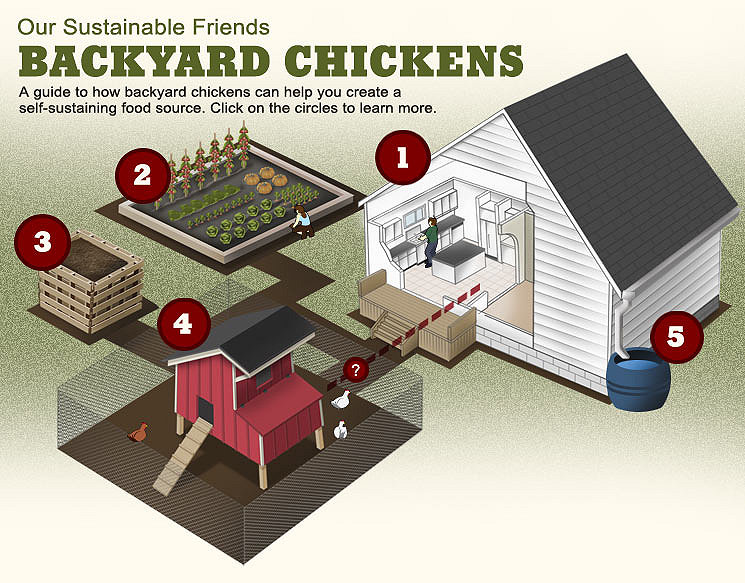 |
| The future of Gray Gables Farm... |
If you have tips, please use the comments box below, always looking for great advice!
Thanks everyone!

~Kel



